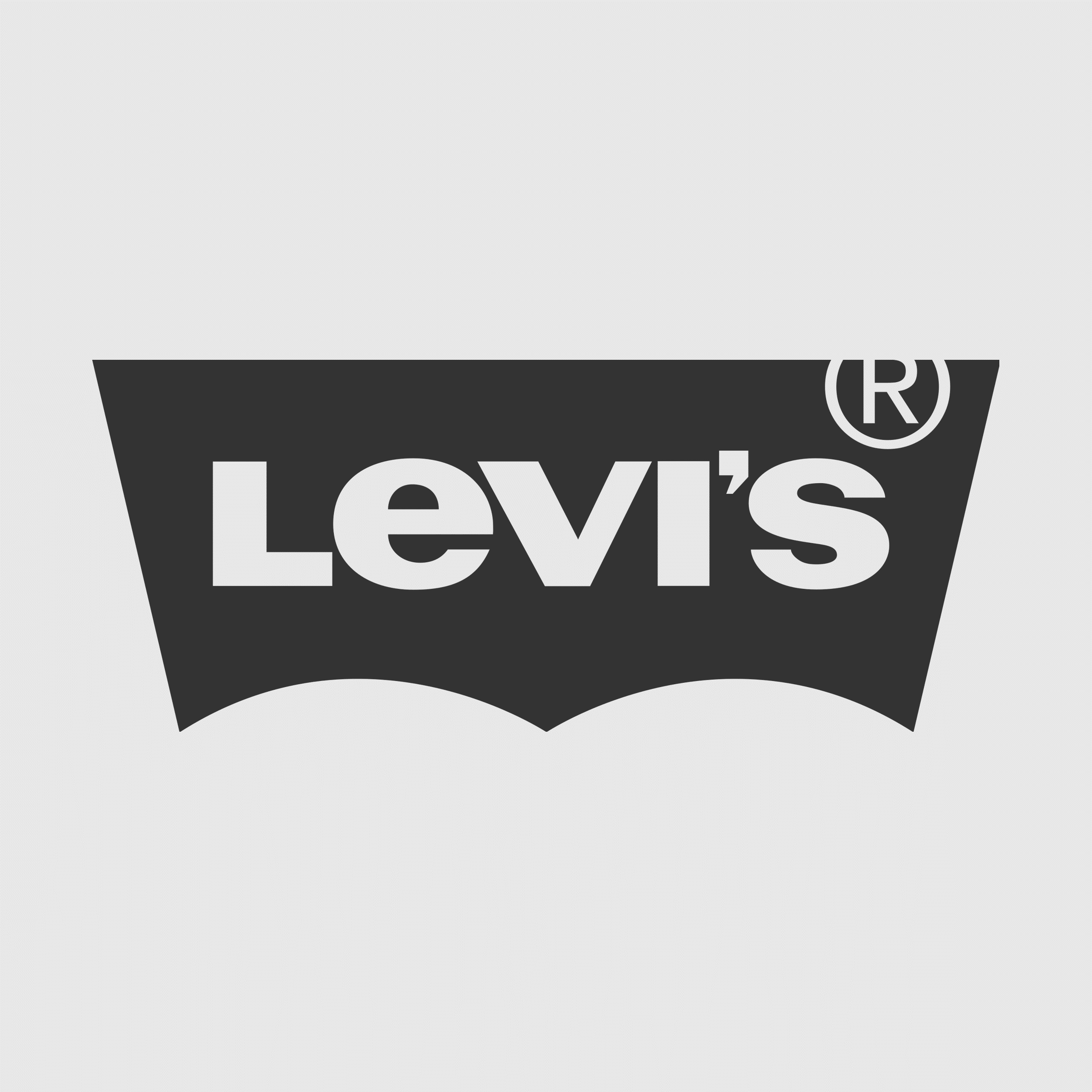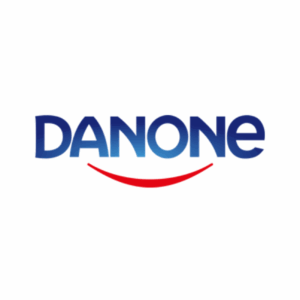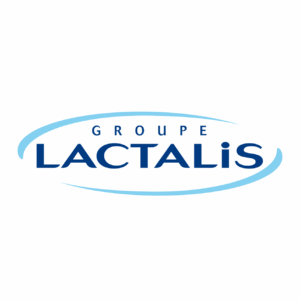Introduction to Levi’s
Created in 1853 in San Francisco by Levi Strauss, a Bavarian emigrant, Levi’s built its legend around a revolutionary product: denim jeans. Levi’s is committed to producing quality, durable products, and it continues to make strides with regards to environmentally sustainable production methods. This includes its Waste<Less range, made from 20 percent post-consumer waste.
In 1991, Levi’s established the terms of engagement for laying out the brand’s global code of conduct: “Living our values”. It meant setting out standards for a healthy work environment, ethical engagement, and workers’ rights with the planet.
Live in Levi’s
Criteria
Carbon Footprint, High
More concretely, Levi’s is working toward net zero with science-based targets:
- To reduce greenhouse gas (GHG) emissions in their company-operated facilities by 90% and to achieve 100% renewable electricity in those facilities, both by 2025.
- In 2017, they committed to a 40% absolute reduction in supply chain emissions by 2025.
- In 2021, they committed to achieving net-zero emissions of greenhouse gases by no later than 2050.
Indeed, the company has partnered with the International Finance Corporation (IFC) to help achieve these goals.
We can observe the progress of Levi’s: since they published their initial climate goals in 2018, they reduced Scope 1 and 2 GHG emissions by 71%.
Ecological Impact, Medium
A product life cycle study commissioned by Levi’s showed that for one of its core products, the 501 Medium Stonewash jeans, 37% of their climate impact and 23% of water consumption occurred during the consumer care phase. Levi’s took this as a call to action to shift consumer attitudes away from fast fashion-based consumption and encourage customers to treat its jeans as a long-term investment.
Energy Consumption, Medium
Alongside experts from the IFC this plant has implemented actions to reduce its electricity consumption, thanks, for example, to the installation of energy-saving bulbs and sewing machines.
Since Levi’s published its initial climate goaIf Levi’s wants to meet its climate goals, it should prioritize action on the international stage in advocating for key renewable energy infrastructure in key manufacturing countries.
ls in 2018, they’ve reached 90% renewable electricity in company-operated facilities.
Freight Density, Medium
Levi’s has a policy to avoid aviation and commits to slower shipping methods such as maritime, rail and land. The company also has a near-term plan to ship its cargo via cleaner methods, including working with Maersk to ship some containers with cleaner fuels. Maersk is their largest global shipping partner; it has a program that uses waste-based biofuels to move large containers with net-zero carbon dioxide emissions.
However, Levi’s doesn’t have a target to reduce GHG emissions from transportation and doesn’t provide a breakdown of its transportation methods.
Recycling Rates, Medium
Levi’s has set a zero waste to landfill from company-operated facilities goal and 50% waste diversion across strategic suppliers by 2030. Levi’s participates in a Fashion for Good project in Europe and the United States, that aims to create solutions to match textile waste with recyclers, as well as a sorting project in India to research the volume and use of pre- and post consumer textile waste.
Also, with the Levi’s SecondHand program, they aim to reduce consumption: to buy used clothes. This buy-back and re-commerce program launched in 2020 makes some of their most loved vintage items available, and builds a more sustainable future along the way.
Saving Levels, Medium
Since Levi’s published its initial climate goals in 2018, they’ve reached 90% renewable electricity in company-operated facilities, reduced Scope 1 and 2 GHG emissions by 71% and Scope 3 GHG supply chain emissions by 23% (from a 2016 base year).
Specific Product Monitoring, Medium
Levi’s uses a small amount of polyester, nylon and elastane, or recycled in some collections.
Since 2010, they have worked with the Better Cotton Initiative to invest in reducing fossil fuel-based chemicals in global cotton agriculture.
Similarly, their partnership with the U.S. Cotton Trust Protocol, which began in 2021, promotes farming practices to reduce synthetic chemicals for healthier soil, which in turn can absorb more carbon dioxide.
The use of organic cotton and recycled fibers in the Levi’s® WellThread® collection demonstrates a commitment to promoting more sustainable materials.
However, the Levi’s® WellThread® collection represents only 4% of the entire collection.
Supply Chain Waste, Medium
Levi’s reduced Scope 3 emissions associated with their supply chain by 22% over their 2016 base year. They continued efforts to source more sustainable raw materials, such as more sustainable cotton and responsible man made cellulosic fibers, also play a role in reducing emissions.
Sustainability Scorecards, Medium
Climate commitments and energy transparency: B- Renewable energy and energy efficient manufacturing: C+ Low-carbon and longer lasting material: C+ Greener shipping: D Advocacy: B
Water Management, High
Levi’s has also established “Recycle and Reuse Guidelines”, a progressive objective that requires facilities to recycle more than 20% of the water used in manufacturing.
In 2010, Levi’s launched its Water<Less® program to maximize water efficiency in garment production through a series of garment finishing techniques and water recycling guidelines.
Levi’s goal is to Reduce freshwater use in manufacturing by 50% in areas of high-water stress by 2025 (against a 2018 base year)
However, in 2012, Greenpeace shamed Levi’s for connections to dangerous water pollution in Mexico. Levi’s then pledged to reduce the hazardous chemicals used to dye and treat its clothing, and made a lot of efforts.
Conclusion
Large sized brands such as Levi’s struggle to implement practices fully, and their impacts are much greater than small brands in comparison.
Related to other brands
Number of criteria met by each brand:
ESCP Business School Team
Research developed by five curious international ESCP Business School students who have worked together to successfully complete their consulting project. They analysed four brands in four different categories -20 brands: sneakers, pod coffee, jeans, makeup, and chocolate, according to 10 environmental criteria.
- Amélie Zeck – Sneaker industry analyst
- Manon Droisier – Jeans industry analyst
- Giorgia Casale – Makeup industry analyst
- Amélie Mahon – Chocolate industry analyst
- Capucine Coselli-Vassoille – Pod coffee industry analyst
Sources
- https://www.levistrauss.com/sustainability-report/climate/climate-action/
- https://www.evrnu.com/latest/the-recycling-idea-at-levi-s-adidas-zara-to-stop-trillions-in-fast-fashion-from-going-to-waste
- https://www.mescoursespourlaplanete.com/Actualites/Le_plan_de_Levi_aus_pour_raeduire_sa_consommat ion_d_auaenergie_2583.html
- https://www.levistrauss.com/wp-content/uploads/2023/09/2022-LSCo.-Sustainability-Goals-Progress-Update.pdf
- https://fr.fashionnetwork.com/news/Levi-strauss-co-prend-des-mesures-pour-reduire-ses-emissions-de-gaz-a-effet-de-serre,1116663.html
- https://greentofash.substack.com/p/levis-marque-engagee-ou-greenwashing
- https://stand.earth/fashion/brand-scores/levis/
- https://goodonyou.eco/levis-ethical/
- https://www.levistrauss.com/how-we-do-business/sustainability-stats/





0 Comments